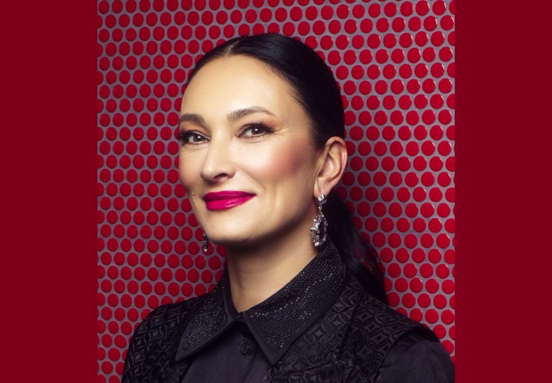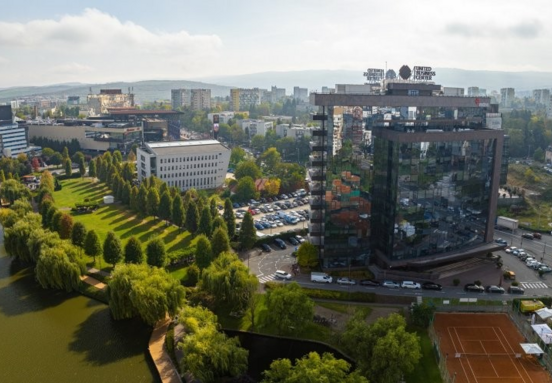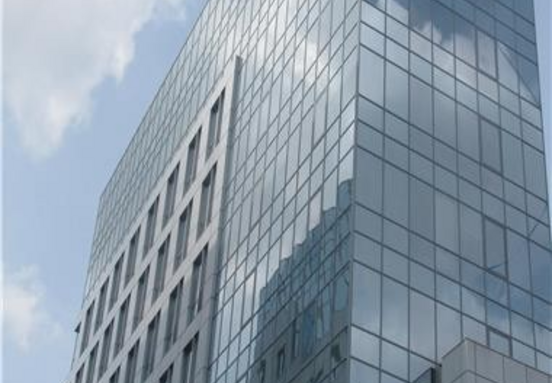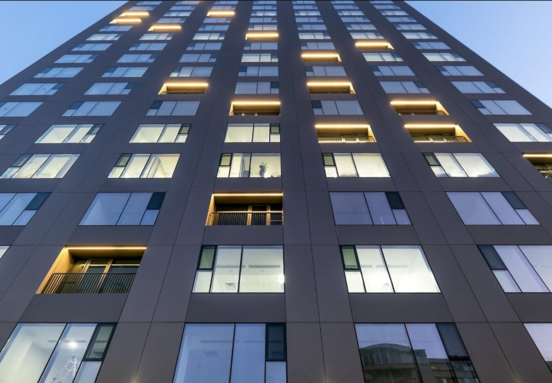In Bucharest there are several investment grade office developments under construction and across the country retail projects are ongoing. Concerns remain over the limited stock of investment grade stock and investors are showing an interest in value-add projects. Although development finance is difficult to source, Portland Trust, Skanska, Raiffeisen Evolution (RE) and AFI Europe have pipeline development projects that are attracting significant preleases.
A major obstacle to market development since the 2008 economic downturn and subsequent eurozone crisis has been economic and political concerns in the view of developers and investors. As with all SEE countries, the difficulty of sourcing development and investment finance, due to perceived county risk from both a fiscal and political viewpoint in the view of lenders, is also putting a brake on market development. Although the Romania export market is showing signs of recovery the retail sector is continuing to struggle due to falling or stagnating consumption. However a modest recovery is expected for 2013 with around 2 percent GDP growth predicted.
Investment activity remains constrained as there is still a limited pool of potential investors with an investment profile that extends to Romania. Indeed, leading institutional investors have still not entered the country and activity tends to be dominated by niche investors and those with an interest in value-add projects. The core sectors of the market have the potential to provide investors with a higher “risk-adjusted” return in comparison with the more established CEE capitals where there is increasing competition among investors as they chase a limited stock of investment grade product.
Total investment activity for 2013 was circa €250 million in 2013 and an increase on this figure is expected for 2014 according to Gijs Glomp, Managing Director of Jones Lang LaSalle (JLL) Romania.
Increasingly popular investment vehicles are the acquisition of both value-add projects and partnerships in development schemes. In a recent deal New Europe Property Investment (NEPI) has acquired a 70 percent share in the 70,000sqmGLA Mega Mall development in Bucharest and intends to undertake a joint venture development with the Austrian retail developer Real4You.NEPIhas been constantly active in Romania in recent years. A landmark investment transaction was the purchase by the South African investor of the Central Business Centre (CBC) in Timisoara for a reported €95 million. The deal represented a significant step forward in that no other major business centre had previously been transacted outside of Bucharest.
A further problem confronting investors is the limited supply and availability of investment grade product. With regard to pipeline DTZ Echinox estimate that new Bucharest office supply will reach 150,000 sqm in 2014 in a city with a total stock of a little over two million sqm, significantly lower than Prague and Budapest and half of the stock in Warsaw. “In 2013 retail was far more active although we expect offices to catch up in 2014 as there is high demand and more product,” said Gijs Klomp.
If demand for office space is maintained at an annual average of 150,000-180,000 sqm, then it is possible that vacancy will increase, putting pressure on rents and yields. Prime rents are quoted at€18.5 per sqm per month with vacancy put at 15 percent according to JLL. However the official vacancy rate should be treated with caution as there is considerable variation depending on the sub-market.
The next major Bucharest office delivery will be the€80 million Floreasca Park by Portland Trust in partnership with the New York-based AREA(Apollo Real Estate Advisers). A major prelease in the 38,000 sqm GLA business park is a 10 year,25,000 sqm deal with Oracle that represents a70 percent occupancy.
As a reflection of increasing sustainability requirements from both tenants and investors the project has a ground-sourced heat pump system which pre-cools and pre-heats the air before it enters the system. According to Robert Neale, Managing Director of Portland Trust, this should result in 30-40 percent savings in electricity as it pre-cools and pre-heats the air before it gets into the system. The majority of developers are now constructing in accordance with BREEAM, LEED and DGNB certification and Floreasca Park has been accredited with a BREEAM Excellent rating.
Portland Trust are prolific developers in Romania and the Czech Republic and Robert Neale comments that despite reservations that the Romanian market is opaque and unpredictable there is a good development infrastructure in place that facilitates an exit strategy.“The country has an unfortunate reputation but in my view mostly un-founded. On the construction side it is getting easier to develop in Romania because there are more international companies chasing fewer jobs. So we are getting better organisations and keener prices. Five years ago prices were increasing dramatically and it was difficult to fix a price at the start of a project. We have used Bog’art as a general contractor from an original list of 10.”
The 70 percent prelease satisfied the bank financing requirements for the development.“With our partners AREA we like to be in and out of a project in four years and with this development that is possible. Yields in Bucharest have varied between sub-6 in the best days and mid-6s in the more reasonable days. If I look at those buildings today then Floreasca Park certainly sits in the 7 percent range,” added Robert Neale.
JLL put office yields for Romania at a higher 8.25 percent, retail at 8.5 percent and industrial at 10-11 percent. Rom in general provides an around 200+ basis point yield differential with Poland.
The latest significant retail delivery by AFI Europe was the 33,000 sqm AFI Palace in Ploiesti, a regional city. The complex opened in October following an investment of over €50 million. The centre was financed by Raiffeisen Bank International.AFI Europe is continuing to develop the AFI Palace B. Noi retail centre in Bucharest and in the region, AFI Palace Arad. Romania is now the focus of development activity for AFI Europe. Romania was the new fashionable retail destination with its several large cities with limited modern retail provision. Although the country was in danger of becoming saturated until it was severely hit by the economic downturn.
In the office segment AFI are developing the 50,000 sqm.AFI Business Park Bucharest, located in the central district 5.The complex will comprise four low rise office buildings and an office tower. AFI Europe Romania has signed a lease for 40 percent of the AFI Park 3 office building with the British IT company, Endava Romania.“The current leasing results, having 100 percent of the areas leased in AFI Park 1, 96 percent of the areas leased in AFI Park 2 and the recent Endava pre-lease in AFI Park 3 makes us confident to start the construction of additional 27,000 sqm GLA in AFI Park 4 and 5, which will commence during the first quarter of this year,” said David Hay, CEO of AFI Europe Romania.
With regard to pipeline, Skanska is due to complete the first 19,500 sqm phase of the Green Court office complex in the fourth quarter after an estimated €46 million investment. The company has applied for a Gold LEED accreditation for the 12 level building. On completion the complex will consist of 52,000sqm of space in three buildings.
In the longer pipeline Globalworth Real Estate Investment plan to deliver the 130 meter Bucharest One Tower, the second highest office tower in the city after the 137 metre tower at the Floreasca City Center. The Austrian Raiffeisen Evolution (RE) is developing the €100 million 40,000 sqm GLA Sky Tower and the adjacent 16,000 sqm Floreasca Office centre.
The industrial market remains weak and there have been no investment transactions in the sector for the past two years.The major letting of last year was at Portland Trust’s Bucharest West industrial park which consists of 130,000 sqm of light industrial units. A 20,000 sqm prelease was agreed with DSV at the park. JLL comment that there are signs of renewed interest in the industrial sector as competition for stock has increased in Western Europe and a narrowing of the price expectation gap and therefore a slow recovery in this market sector.
Quotes
Investors are now looking at product in secondary cities in Poland and the Czech Republic, due to the scarcity of product. However, there are higher quality buildings in Bucharest that can offer similar returns. Therefore I am positive about the coming year. On the other hand, in spite of a year of intensive development in Romania there will still not be enough product to meet potential investment and pipeline is very low. There is the danger that when liquidity returns to the markets there will be a bubble as there is only 600-700,000 sqm of institutional standard stock. I look forward to seeing more financing and quality development. (Radu Boitan, Chairman, RICS Romania)
Romania is certainly back on the radar. There are many IT and outsourcing companies in Bucharest, due to the availability, quality and low cost of the workforce. Labour laws are very flexible and companies are still expanding, taking capacity from other more expensive countries and I don’t see this stopping in the short or medium term. There are not so many differences in the development environment between Romania and the Czech Republic where Portland Trust have established offices. In general in CEE planning regulations are inconsistent compared to Western Europe, although the quality of workmanship is certainly of a similar quality. The biggest difference is the organisation of infrastructure. It’s a lot more complicated to get the infrastructure lined up in Romania and you have to go through a lot more permitting. (Robert Neale, Managing Director, Portland Trust)
Value-add and opportunistic investors want to get into Romania now that there are increasing signs of an imminent recovery. I expect more institutional investors, but with investment strategies targeting higher returns the limited supply of investment grade product is a problem. We also see an increasing appetite from investors to explore more asset management intensive assets, which obviously means that the pool of suitable opportunities is larger. (Gijs Klomp, Managing Director, Jones Lang LaSalle Romania)
(source: Gary J. Morrell )






